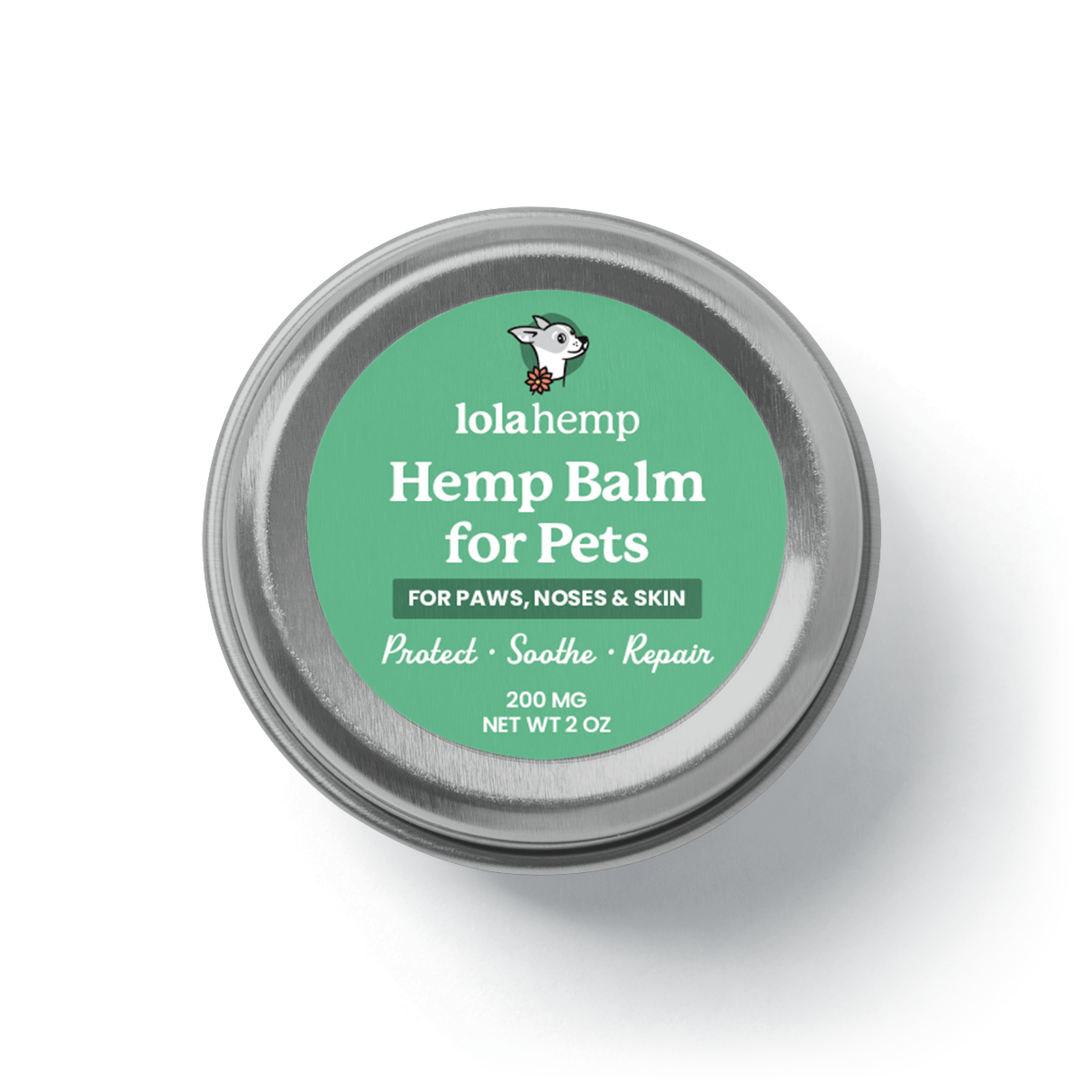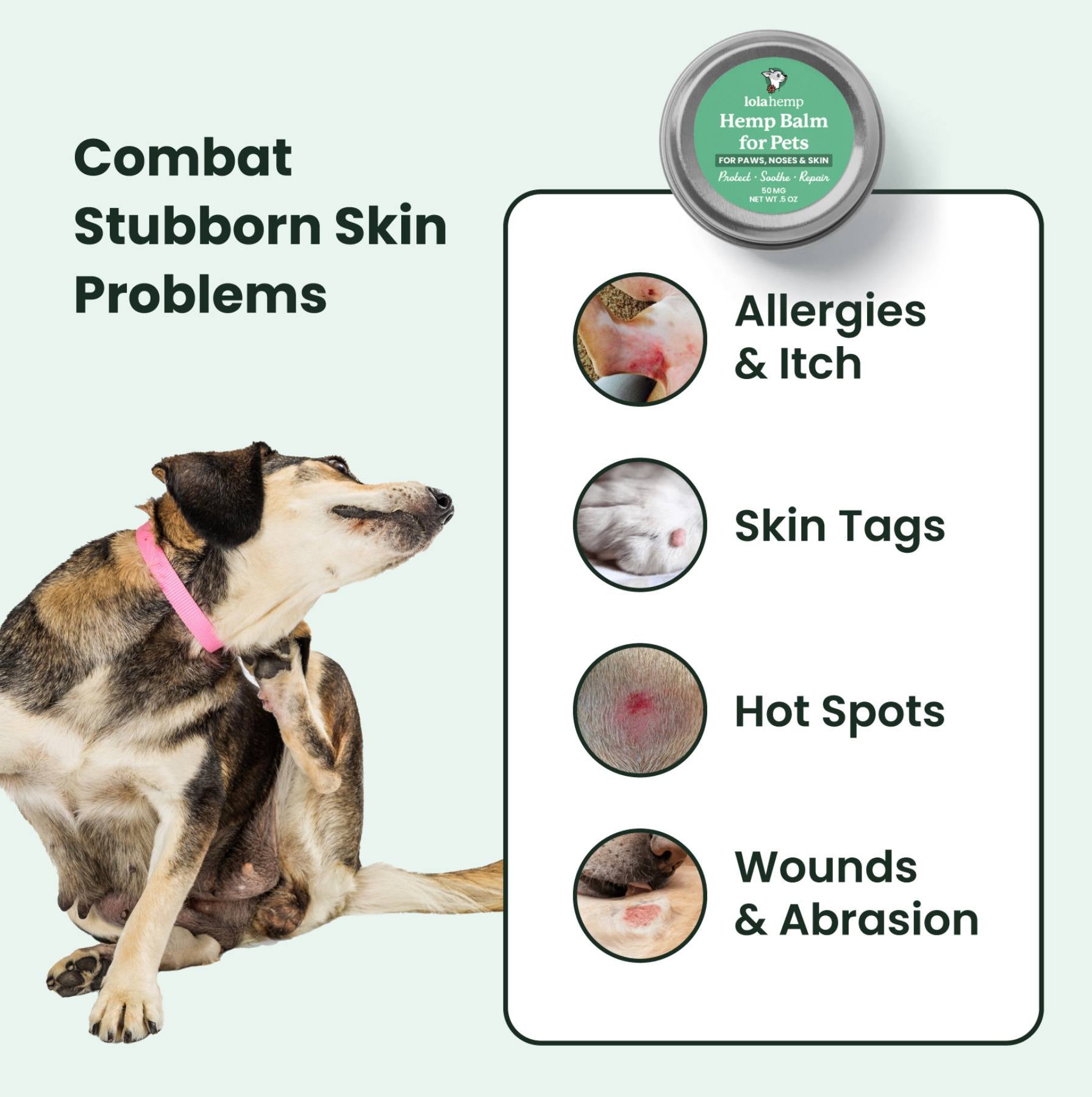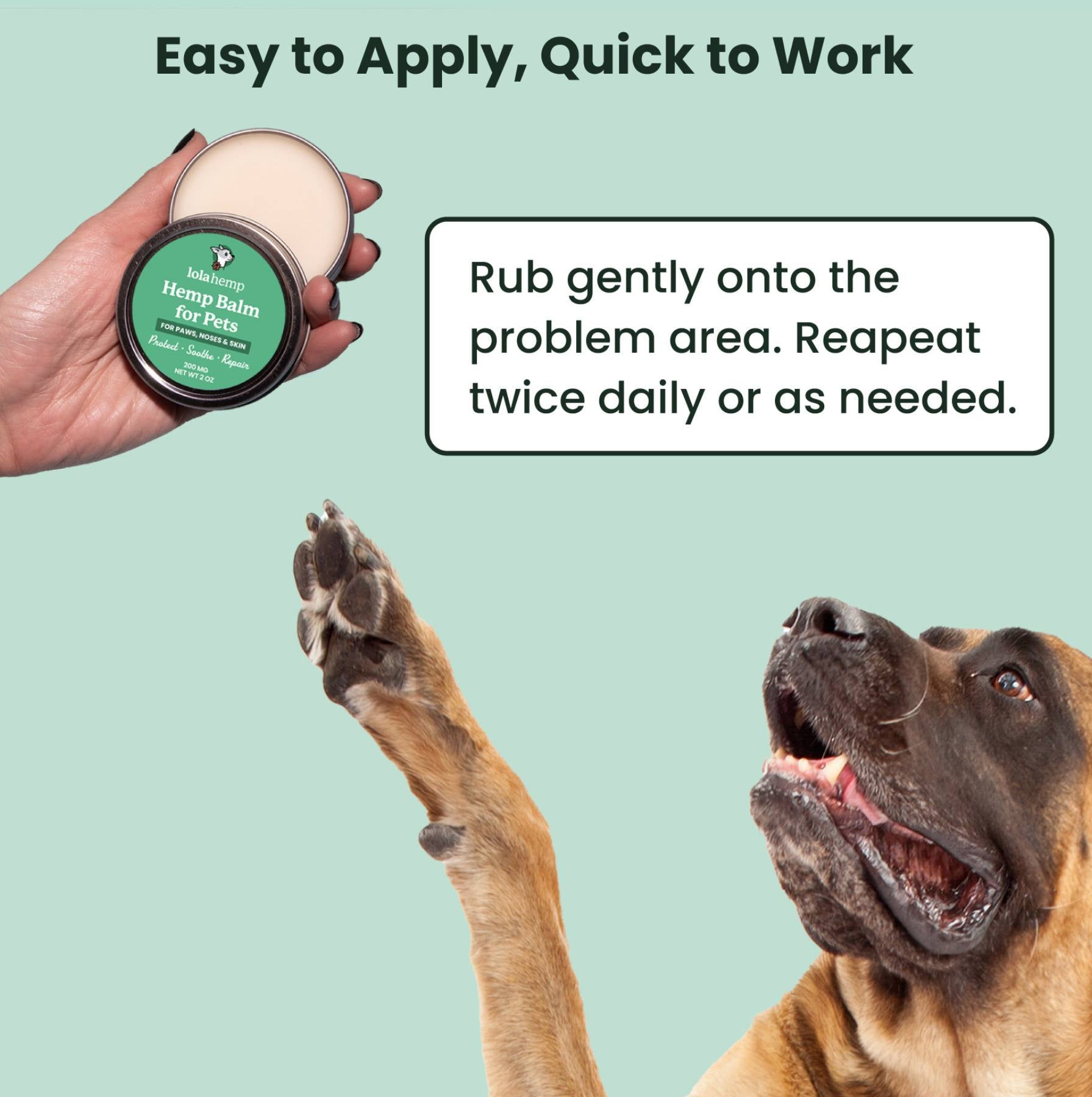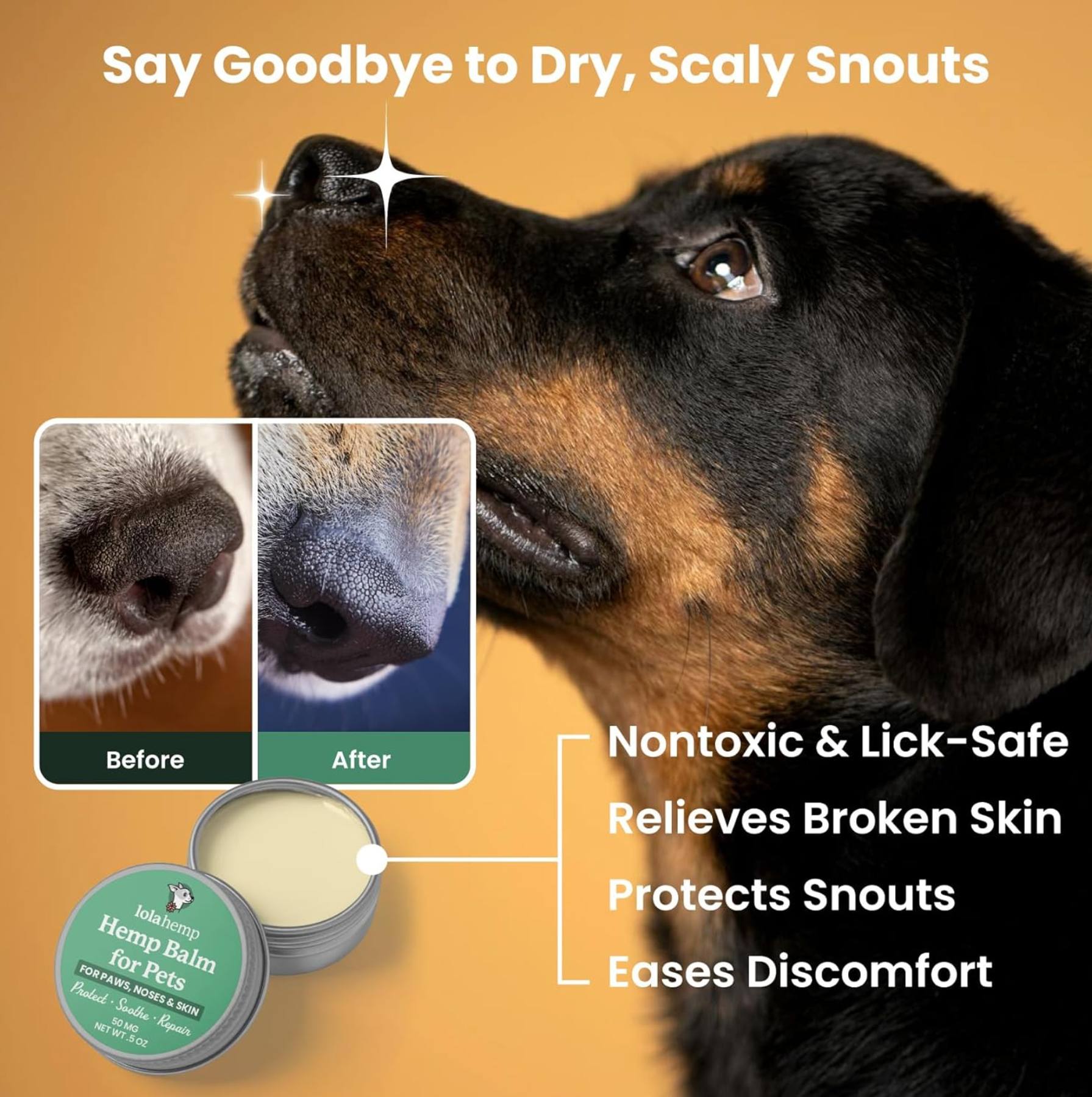The Pug was bred to be a companion dog—one of the oldest and most beloved in the world. With origins dating back to ancient China, Pugs have long been prized for their charming personalities, compact size, and expressive faces.
While Pugs are typically friendly, low-maintenance in terms of exercise, and highly affectionate, they do come with some health challenges. Their unique body shape makes them prone to joint issues, especially in the hips and knees. This guide will walk you through the Pug’s history, temperament, common health concerns, and ownership considerations.
Let’s get started.
The History of Pugs
The Pug’s story begins over 2,000 years ago in China, where they were bred as lapdogs for royalty. Their flat faces and curled tails made them instantly recognizable, and they were often kept in luxurious palaces by emperors and nobility.

Eventually, Pugs made their way to Europe via Dutch traders. They became particularly popular in the Netherlands and England during the 16th and 17th centuries, even becoming the official dog of the House of Orange. Their popularity continued to grow, and Pugs were soon seen in royal courts across Europe.
Today, they remain one of the most recognizable and adored small breed dogs in the world, known for their personality and close bond with people.
Pugs in the Modern World
Pugs are most often kept as indoor companions and thrive in apartment living or homes where they can stay close to their humans. They don’t require a lot of space or exercise, but they do crave constant company. Many Pugs become deeply attached to their families and can be prone to separation anxiety if left alone for too long.
Thanks to their friendly, clownish nature, they’re great with kids, strangers, and other pets—but their health needs and physical limitations are important to keep in mind.
Pug Temperament & Personality
Pugs are known for their affectionate, easygoing, and slightly mischievous personalities. They’re the kind of dog that wants to be in your lap, follow you from room to room, and always be part of the action.
They are playful but not hyper, and most are content with short walks and indoor play. Their intelligence can be underestimated—while they may not always seem eager to learn, they do respond well to positive reinforcement and routine.
Pugs thrive on attention and don’t do well in isolation. Their charm lies in their emotional expressiveness and ability to make people laugh—but their emotional needs are real, and they can become depressed or anxious if neglected.
Common Health Issues in Pugs
As a brachycephalic (flat-faced) breed, Pugs are predisposed to respiratory issues, particularly in hot or humid environments. But one of the most under-discussed problems is their vulnerability to joint issues—especially in the hips and knees.
Hip dysplasia can occur in Pugs, despite their small size, and is often made worse by excess weight. Additionally, luxating patellas (dislocated kneecaps) are common and can cause limping, pain, or the need for surgery if not managed.
To support joint health in Pugs:
- Keep them at a healthy weight—obesity worsens joint strain and breathing issues
- Use ramps or steps to reduce jumping on and off furniture
- Provide daily low-impact exercise like short walks and puzzle toys
- Consider joint-supportive supplements including glucosamine, MSM, or CBD chews
Other common Pug health concerns include:
- Allergies and skin fold infections
- Eye injuries due to prominent eyes
- Overheating in warm weather
Is a Pug Right for You?
If you’re looking for a small, affectionate dog with a goofy sense of humor and a heart full of love, the Pug might be perfect. They’re ideal for homes where someone is around most of the time and willing to keep a close eye on their health.
That said, potential owners should be aware of the breed’s physical limitations and health risks. Responsible ownership means being proactive about joint health, weight management, and monitoring breathing issues closely.
With proper care, a Pug can be one of the most rewarding and lovable companions you’ll ever have.










